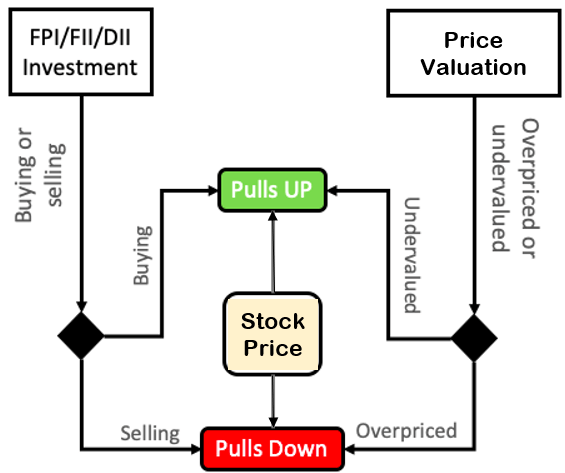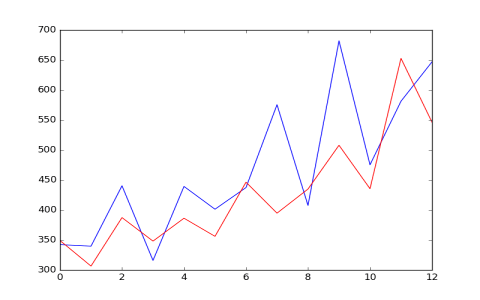Alright, let’s talk about this ‘zheng prediction’ thing I spent some time on recently. It wasn’t some big corporate project, just me messing around, trying to see if I could predict some outcomes based on stuff I was seeing.

Getting Started
So, I first got the idea when I noticed certain patterns in some daily numbers I track. Nothing scientific, just a gut feeling. I thought, maybe I can build a little something to guess the next day’s number. Had some free time, so why not, right? The goal wasn’t perfect accuracy, more like seeing if I could get even remotely close.
The Process – Trial and Error
First thing, I pulled together the data I had. Just simple historical numbers logged over a few months. I put it all into a basic spreadsheet. Stared at it for a while. Tried to spot the obvious trends. Was it going up? Down? Did weekends behave differently?
Then, I started trying some really simple prediction methods. Like, just averaging the last few days. That was okay-ish, but pretty bland. It missed all the spikes and dips. Then I tried adding a bit more weight to recent days. That helped a little.
I decided to write a small script to automate this. Nothing fancy, just taking the numbers file and running my simple logic. My first version was terrible, honestly. The predictions were all over the place. It became clear pretty quick that the simple averaging wasn’t capturing whatever ‘zheng’ factor I thought I saw.
Refining the Thing
Okay, back to the drawing board. I looked at the data again, trying to find other things that lined up with the changes. Maybe external events? Specific days? I added a couple more data points into my input file – simple flags, like ‘was yesterday a special event? yes/no’.

Fed this new data into my script. Had to change the script logic, of course. Made it check these flags and adjust the prediction slightly. This involved a lot of tweaking. Run the script, check the output against the actual next day’s number, adjust the logic, run again. Did this loop quite a few times.
- Gathered initial numbers.
- Tried basic averaging in a spreadsheet.
- Wrote a simple script to automate.
- Realized initial logic was too basic.
- Added more context flags to the data.
- Tweaked the script logic repeatedly.
- Compared predictions to actual results.
Where I Landed
After a bunch of fiddling, the ‘zheng prediction’ script got… well, passable for my own purposes. It’s definitely not something I’d sell! But the predictions started landing much closer to the real numbers most of the time. It still gets thrown off by completely unexpected stuff, naturally. You can’t predict pure chaos.
So, what did I end up with? A simple tool, tailored to my specific data and the patterns I observed. It was a good practical exercise. Showed me that even with simple tools, you can sometimes build something useful if you just stick with it and keep tweaking based on what you see. It’s running okay now, I check its output now and then. Still interesting to see when it gets it right and when it gets it wrong.








